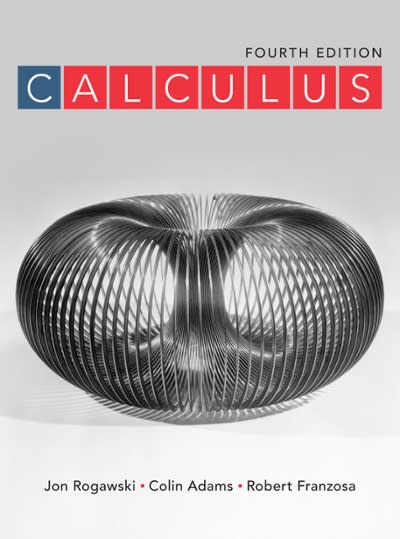Question
7.46 Social Media Use and ADHD Exercise 2.23 introduces a study examining whether frequent use of digital social media during adolescence is associated with the
7.46 Social Media Use and ADHD Exercise 2.23 introduces a study examining whether frequent use of digital social media during adolescence is associated with the subsequent occurrence of ADHD symptoms. Researchers rated the frequency of digital social media use (high frequency or low frequency of use) of teens who were 15 or 16 years old and did not show symptoms of ADHD at the start of the study. They then followed the participants for two years and recorded whether or not ADHD symptoms appeared. The results are shown in Table 7.34.
1. Conduct a 2 test for the association to see if the frequency of social media use and diagnosis of ADHD are associated. Use a 5% significance level. 2. Which cell contributes the most to the chi-square statistic? In this cell, is the observed count greater than or less than the expected value? Interpret your result in terms of ADHD and social media use. 3. Can we conclude that higher social media use increases the likelihood of a diagnosis of ADHD?
TABLE 7.34 Social Media Use and ADHD Diagnosis
| Social Media Use | ADHD | No ADHD | Total |
| High Frequency | 16 | 149 | 165 |
| Low Frequency | 23 | 472 | 495 |
| Total | 39 | 621 | 660 |
Answer the following:
1.Select the correct hypotheses (both Hoand Ha).
(Observe they are written in the same form as the question posed in part c of this question).
Group of answer choices
1. Ha: Higher social media use increases the likelihood of a diagnosis of ADHD.
2. Ho: Higher social media use increases the likelihood of a diagnosis of ADHD.
3. Ha: Higher social media use does not increase the likelihood of a diagnosis of ADHD.
4. Ho: Higher social media use does not increase the likelihood of a diagnosis of ADHD.
2.According to the 2 distribution table, what is the critical value? Assume =5%. 3.What is the expected value for the number of teens who have a low frequency of social use, and are not diagnosed with ADHD?
4.What is the value of the test statistic? Round your answer to four decimal places.
5.Can we conclude that higher social media use increases the likelihood of a diagnosis of ADHD? Why?
Group of answer choices
1. Yes, because we did not reject the null hypothesis
2. No, because we rejected the null hypothesis
3. No, because we did not reject the null hypothesis
4. Yes, because we rejected the null hypothesis
Step by Step Solution
There are 3 Steps involved in it
Step: 1

Get Instant Access to Expert-Tailored Solutions
See step-by-step solutions with expert insights and AI powered tools for academic success
Step: 2

Step: 3

Ace Your Homework with AI
Get the answers you need in no time with our AI-driven, step-by-step assistance
Get Started


